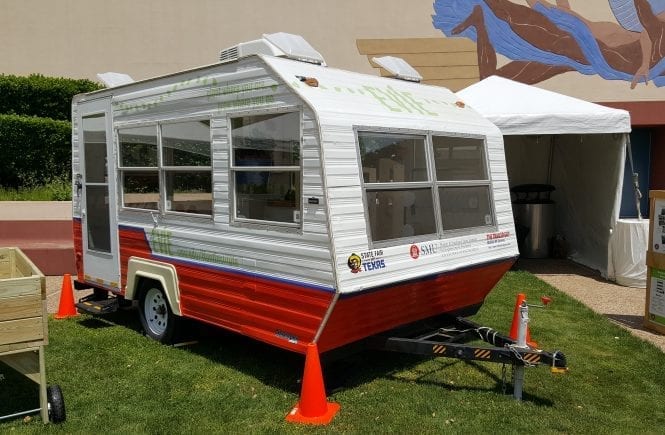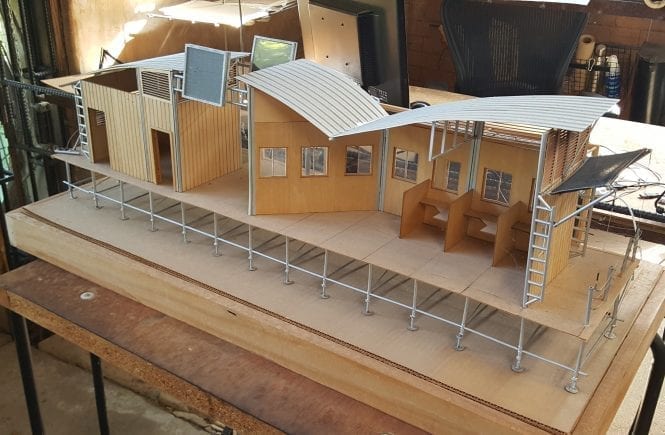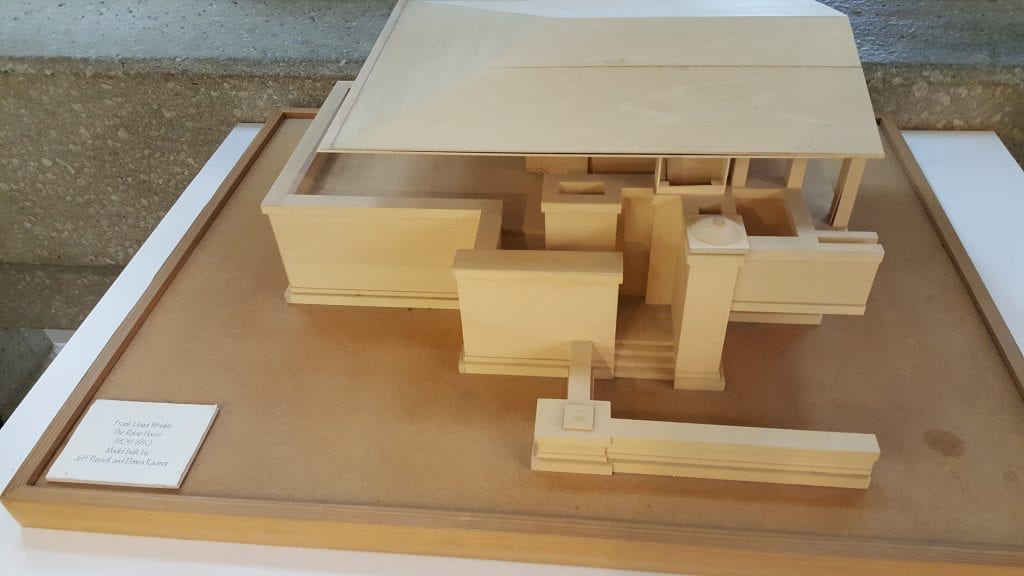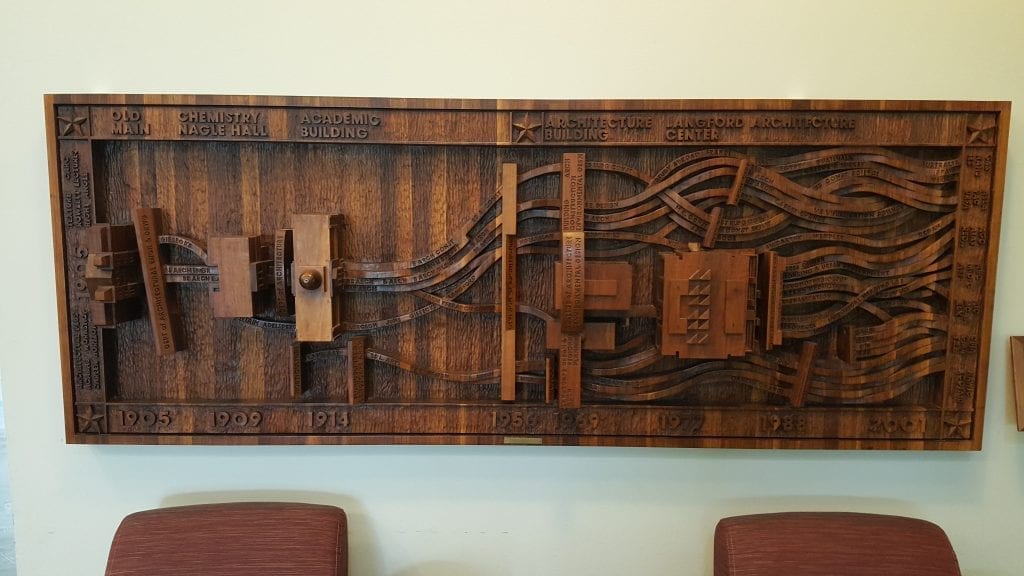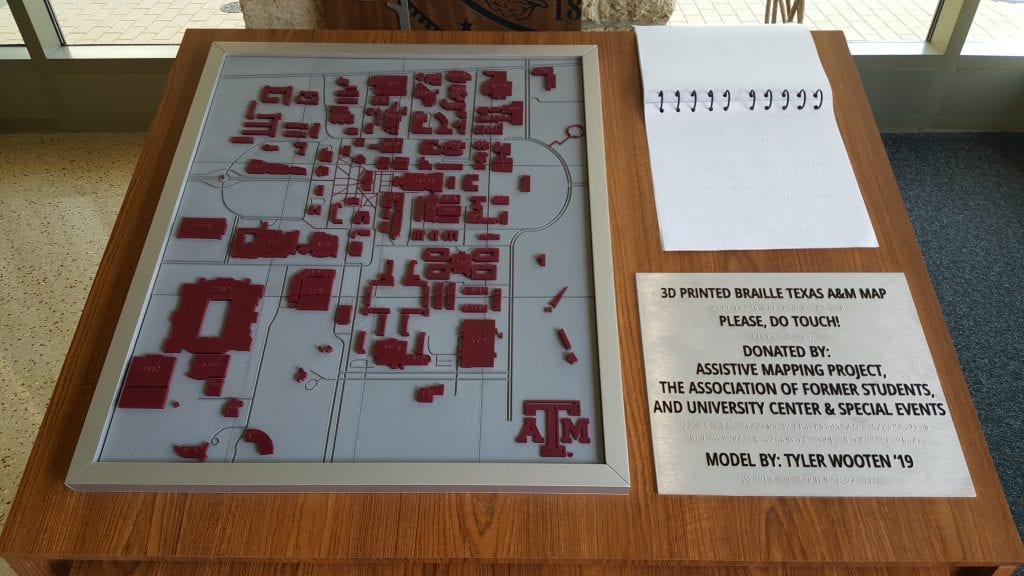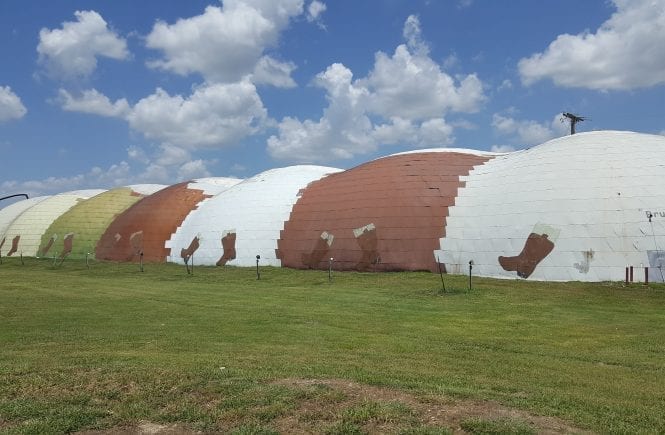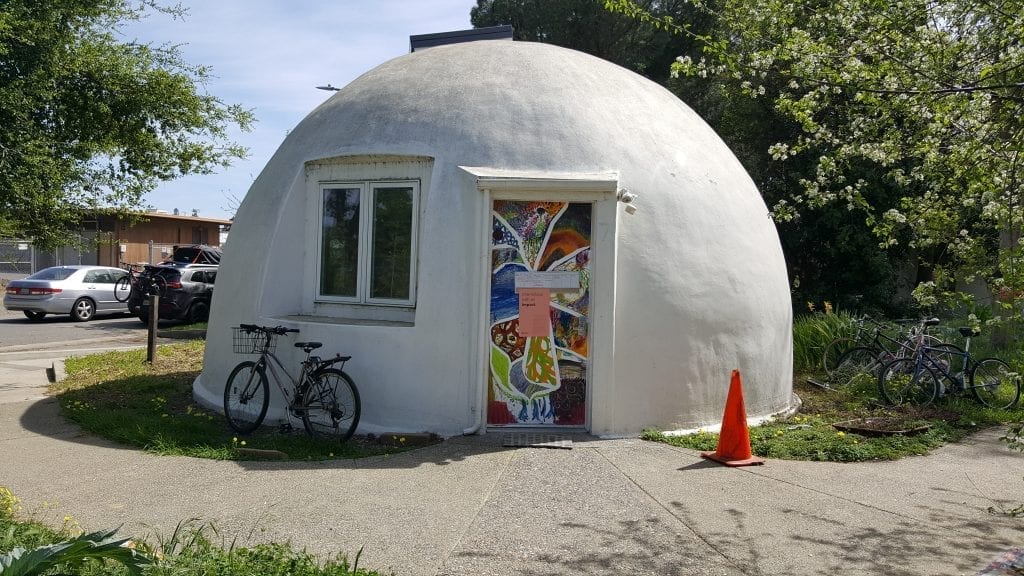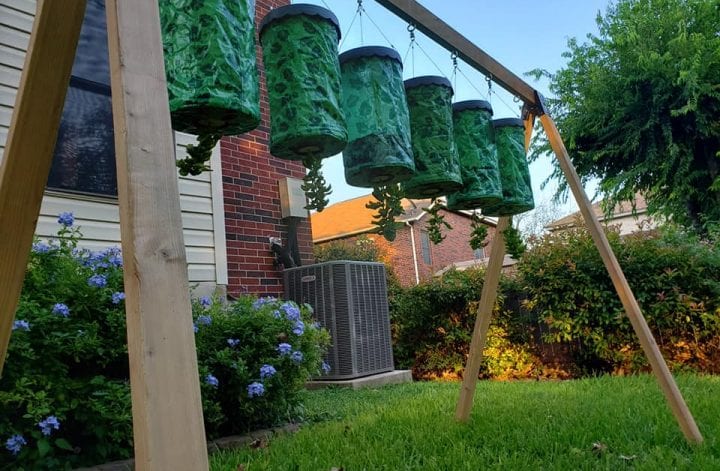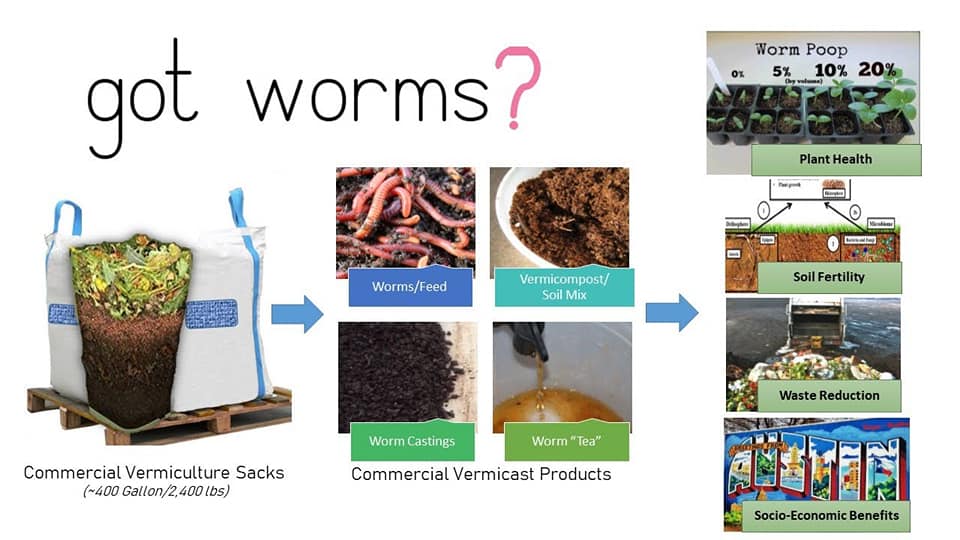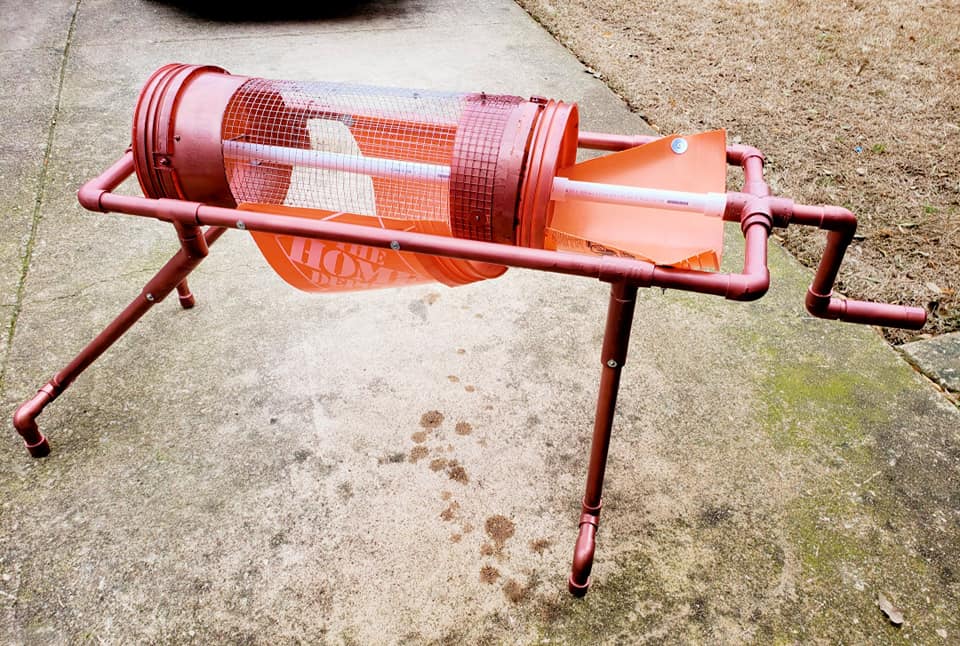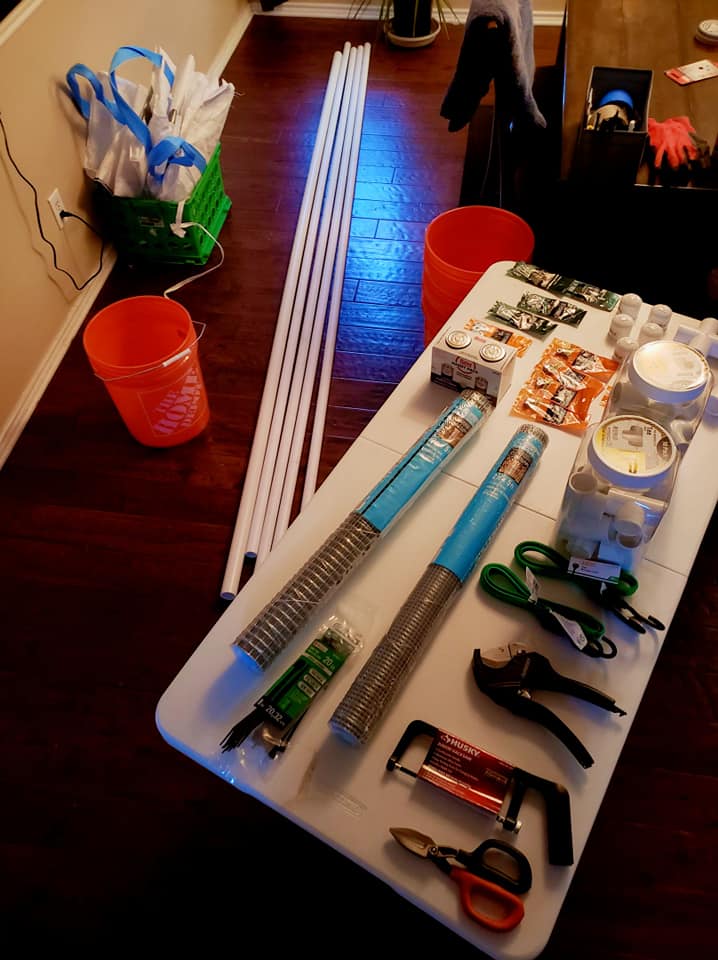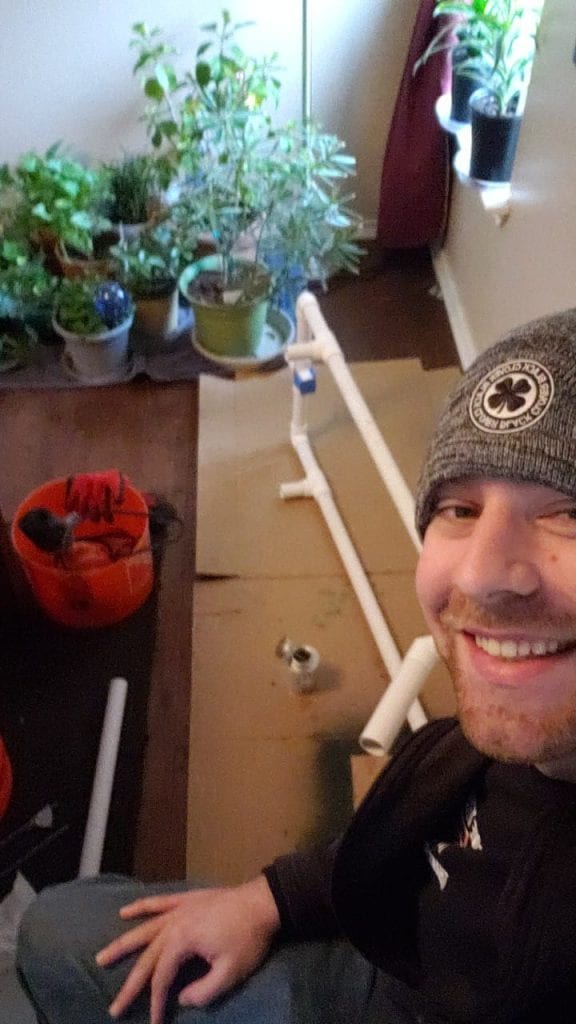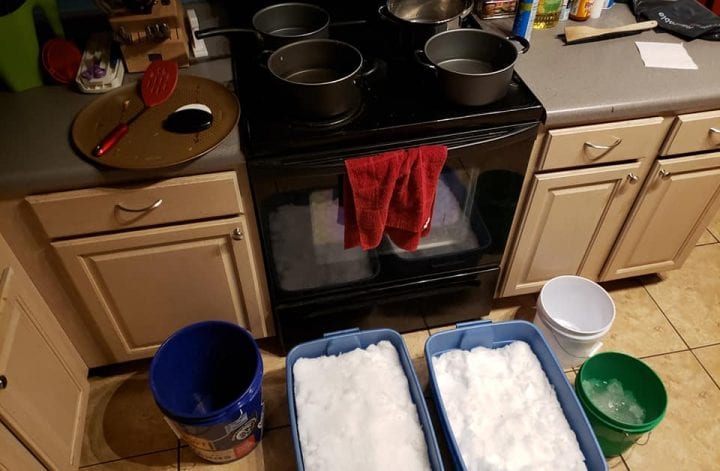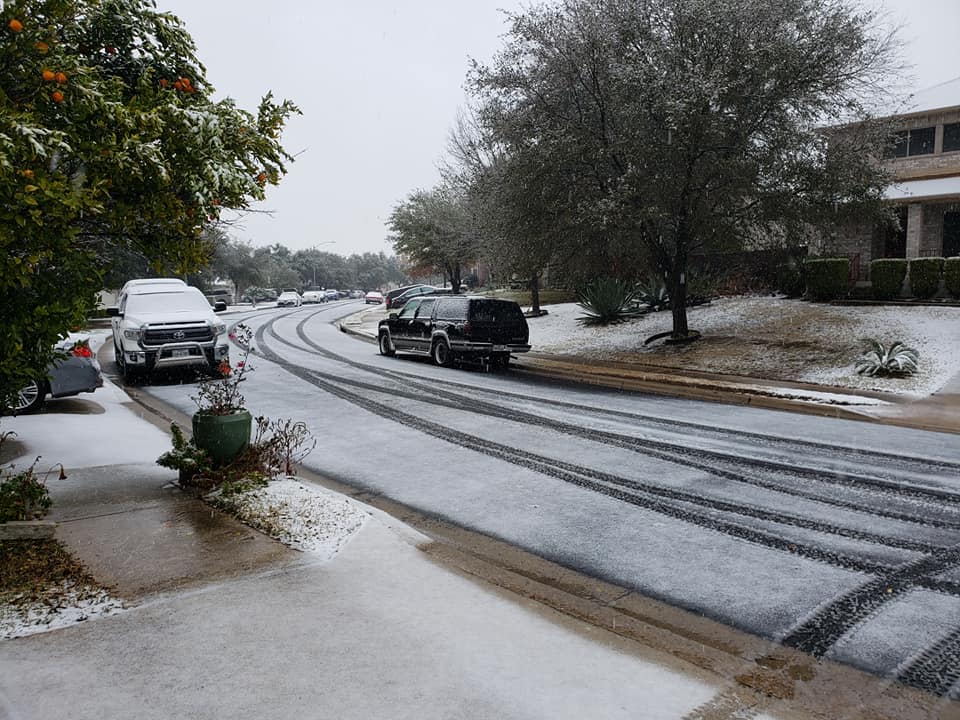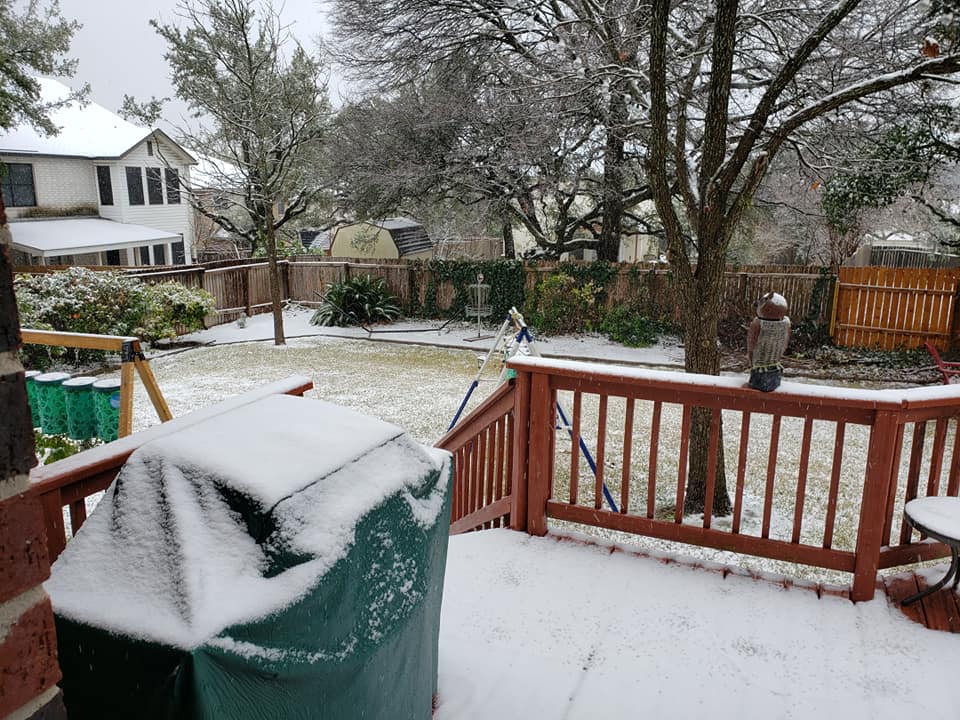After attending many educational events and conferences, I noticed a trend of educational exhibit trailers. I’m a big fan of mobile education, especially when it’s experiential and hands on. Mobile learning (not digital) helps students absorb information differently than traditional classroom at-desk learning. Trailers like there outside of conferences can be towed to schools for on-site field trips or to create temporary outdoor classrooms for contextual environmental learning. I could go on about this topic!
The educational trailers listed below include a mobile greenhouse, aquaponic lab, anti-poaching station, mobile solar power and education, and interactive agricultural exhibits!
Mobile Aquaponics Learning Lab Trailer
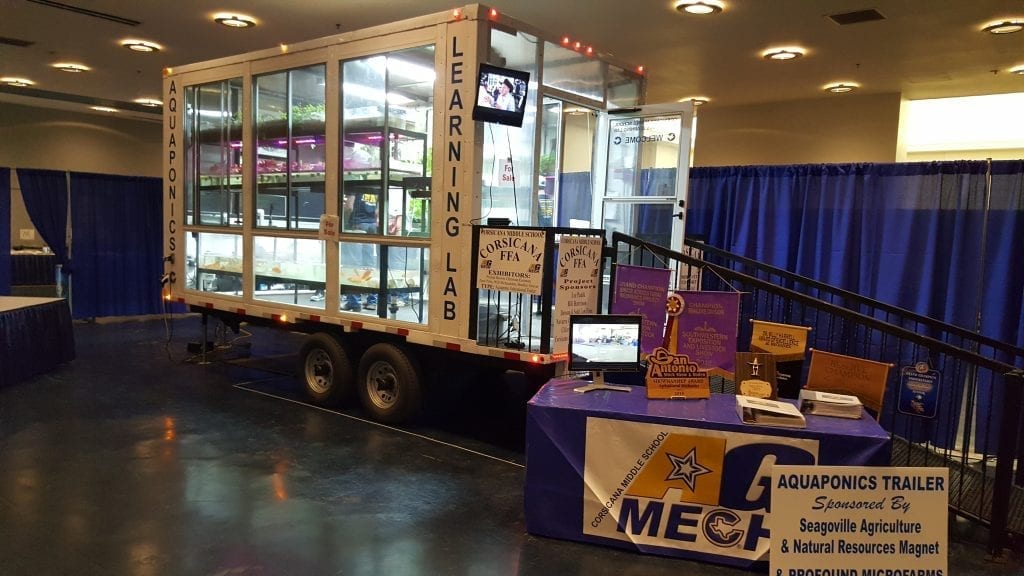
“Out of the very humble beginnings of a tiny, dark, crowded ag mech shop at Collins Middle School, Larry Acock and his team of young eighth grade boys have emerged year after year with some very spectacular projects.
One year they did a handicapped-accessible deer stand with elevator for disabled veterans. Last year they made the first mobile calf cooler of its kind. And this year, they topped by constructing a mobile aquaponics lab.” – Corsicana Daily Sun
Wall of Shame Anti-Poaching Traveling Exhibit
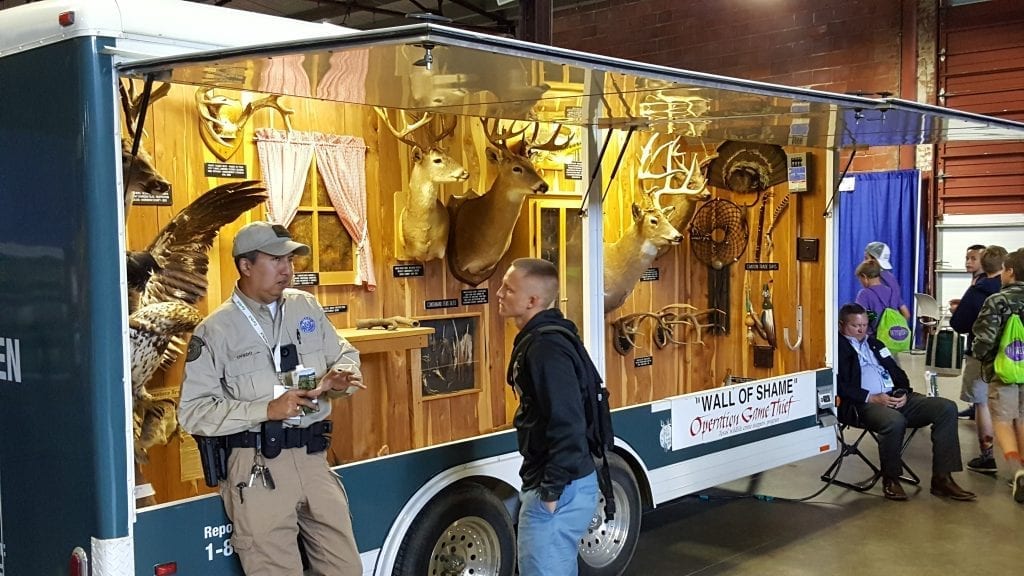
“The Operation Game Thief Wall of Shame Exhibit, is a display that acts as a valuable means of advertising the Operation Game Thief message with the public.” – Operation Game Thief

